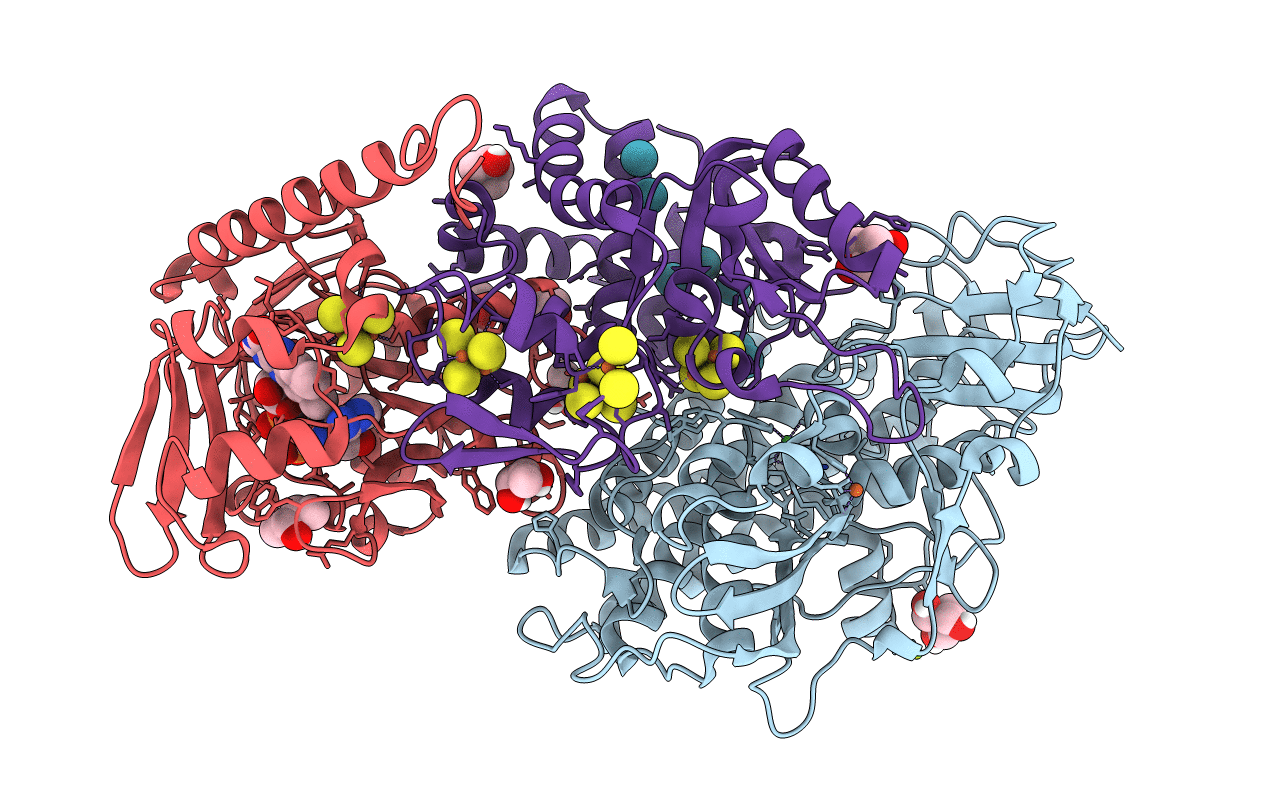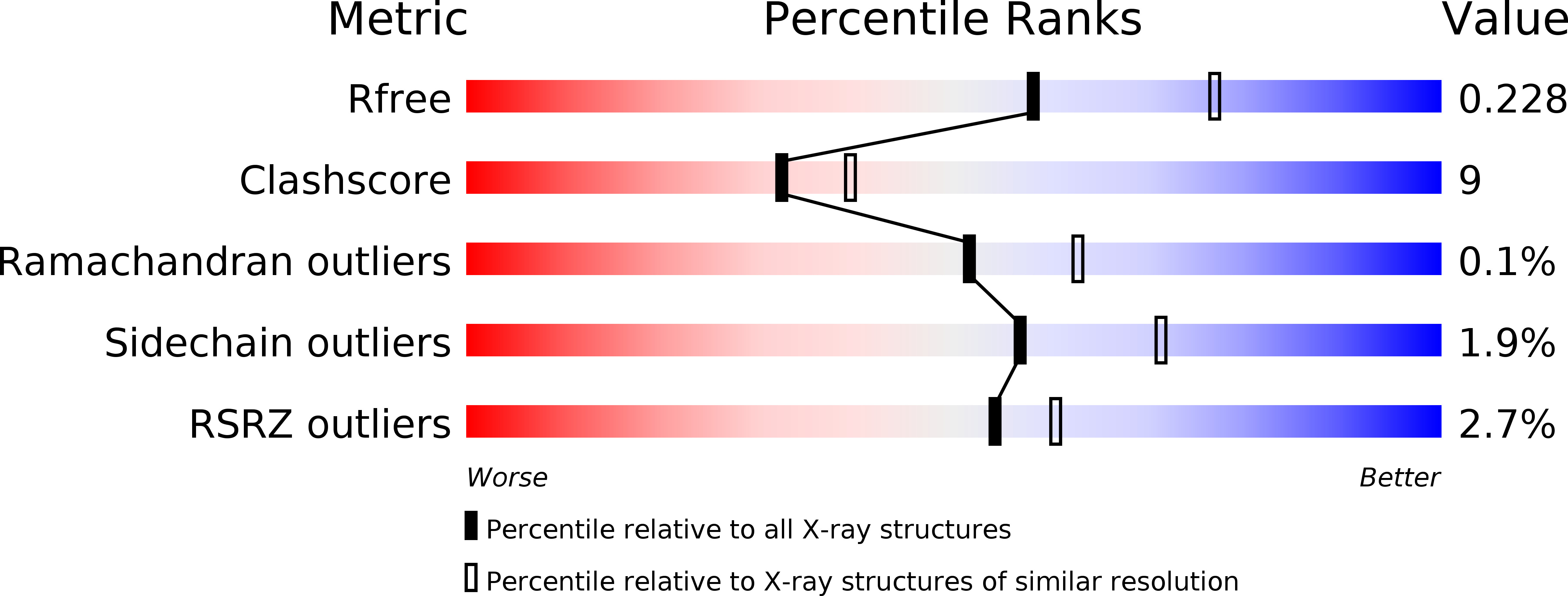
Deposition Date
2019-01-19
Release Date
2019-10-23
Last Version Date
2024-01-24
Entry Detail
PDB ID:
6QII
Keywords:
Title:
Xenon derivatization of the F420-reducing [NiFe] hydrogenase complex from Methanosarcina barkeri
Biological Source:
Source Organism:
Methanosarcina barkeri MS (Taxon ID: 1434108)
Method Details:
Experimental Method:
Resolution:
2.28 Å
R-Value Free:
0.22
R-Value Work:
0.17
R-Value Observed:
0.17
Space Group:
F 2 3


